
Medanta tested the effectiveness of its antimicrobial fabrics. They repelled the Staphylococcus aureus bacteria selected for the study with almost 100% efficiency. The result was revealed in months of testing by the Metropolia University of Applied Sciences' laboratory analytics.
Antimicrobial workwear fabrics were selected for the study, and the effectiveness of their antimicrobial treatment was investigated. The study was conducted at Metropolia University of Applied Sciences in a blinded study in accordance with the European SFS-EN ISO 20743 standard.
In its ongoing development of antimicrobial workwear, Medanta has encountered a problem: there is little research data available worldwide on testing antimicrobial fabric technology. However, it is clear that infections and hospital-acquired bacteria are a threat in healthcare, and antimicrobial workwear helps to overcome this.
According to Anu Kivelä, CEO of Medanta, the lack of research shows that as long as infections can be treated with antibiotics, there will be no further interest in the issue. However, globally, multi-resistant strains of antibiotics have already begun to develop.
"We must do everything we can to prevent them. Since no research data was found, we decided to conduct our own research to scientifically prove the effectiveness of our antimicrobial treatment," says Kivelä.
Medanta commissioned a study with laboratory analytics students from Metropolia University of Applied Sciences in the Helsinki Metropolitan Area. The collaboration produced a successful study and excellent results: the antibacterial effectiveness of the popular Medanta Flex fabric was confirmed to be 99.8 percent.

Excellent result for a favorite workwear fabric
Jarmo Palm, the head of the laboratory analytics department at Metropolia, who led the research project, says that Medanta's project was particularly interesting, as the antimicrobial properties of textiles have not previously been studied in a similar way at Metropolia.
Medanta's hope was to obtain research data on the antimicrobial properties of its textiles, and the project was successful in that regard.
"We studied the antibacterial effectiveness of textile samples using a standard method using the Staphylococcus aureus bacterium: when we compared the sample fabrics to the reference fabric, we were able to say based on the tests that the textiles in Medanta's study were effective in reducing microbes. The result was clear," says Jarmo Palm.
Medanta's Anu Kivelä is rightly pleased with the research.
“The best part was getting scientific evidence that our favorite workwear fabric, the flexible and breathable Medanta Flex, has excellent antimicrobial efficacy and is a functional and safe product. We also gave the students new materials under product development to test, which we hoped would provide interim information for our product development, and they also repelled bacteria by almost 70 percent.”
Research according to European standards
Researching fabrics was a challenging but rewarding project for the students.
Agnes Kirsanova , Antti Tuhkala and Veronika Konstantinova, who participated in the study, say that they had to find a suitable European standard method for the test to begin with. After a literature review, a suitable one was found: “Textiles. Determination of antibacterial efficacy” – officially called SFS-EN ISO 20743.

Antti Tuhkala says that the work was slow because the standard in question still includes three different methods, from which the students had to determine the most suitable for their research.
"We ended up using the absorption method, which quantitatively determines the bacteria using the colony counting method. It takes five days to do one test, and if there was a problem, the whole week practically went wrong, and the experiment had to start over."
The trio is studying to be laboratory analysts at Metropolia, and the collaboration with Medanta was part of their third-year innovation project.
“When we took on the project, we had no idea how challenging, big and extensive the work of testing fabrics would be. In microbiology, we are dealing with living cells. It is difficult to know in advance how they work,” Veronika Konstantinova continues.
Samples were tested in hundreds of dishes and test tubes
The students conducted the study in a completely blinded manner. Medanta provided them with five fabrics: one was a reference fabric, against which four other antimicrobial sample fabrics were compared. At no point did the research team know which fabric was which or which should have produced the best results.
“We used two different bacteria. The test itself was done with S. aureus , which is a common skin and mucous membrane bacterium. The method was first tested with Escherichia coli , which is known as an intestinal bacterium. It is easy to grow and handle: we used coliform bacteria to ensure that the test works and that we get consistent results.”

Testing was long-term and mostly manual. On the best days, there were 250 dishes side by side in the laboratory – and test tubes on top of them.
"Several parallel plates were cultured from each test tube. There must be several reference samples and dilution series: if the bacteria grow in one plate, they will not necessarily grow in another. There had to be enough samples so that we could confirm the result reproducibly and ultimately calculate an average that meets the standard," says Antti Tuhkala.
The project began in the fall of 2019, and the research team presented the final results to the Medanta team in February 2020.
Collaboration benefits both educational institutions and companies
Metropolia is the only university in Finland with a degree program in laboratory analytics. Students come from all over Finland, and many companies have collaborated with Metropolia for a long time – an agreement has already been reached with Medantank for a continuation.
Metropolia University of Applied Sciences' Myyrmäki campus has its own laboratory wing, whose modern facilities and equipment provide a reliable framework for applied research and the development of new methods.

Jarmo Palmi has a long and varied career in scientific research. Before moving into the world of teaching, he worked in biomedical research at the research and education center Biomedicum Helsinki, where he studied, among other things, stem cells and cancer biology.
"I have been at Metropolia for 11 years now, and the projects we carry out with companies have grown considerably during this time. Polytechnics are limited liability companies and we are increasingly open to society and implement teaching in collaboration with companies and research institutes. Part of the reason for the increased cooperation is the guidance of the Ministry of Education. It is a hugely good thing, because students gain valuable contacts with companies and the world of work."



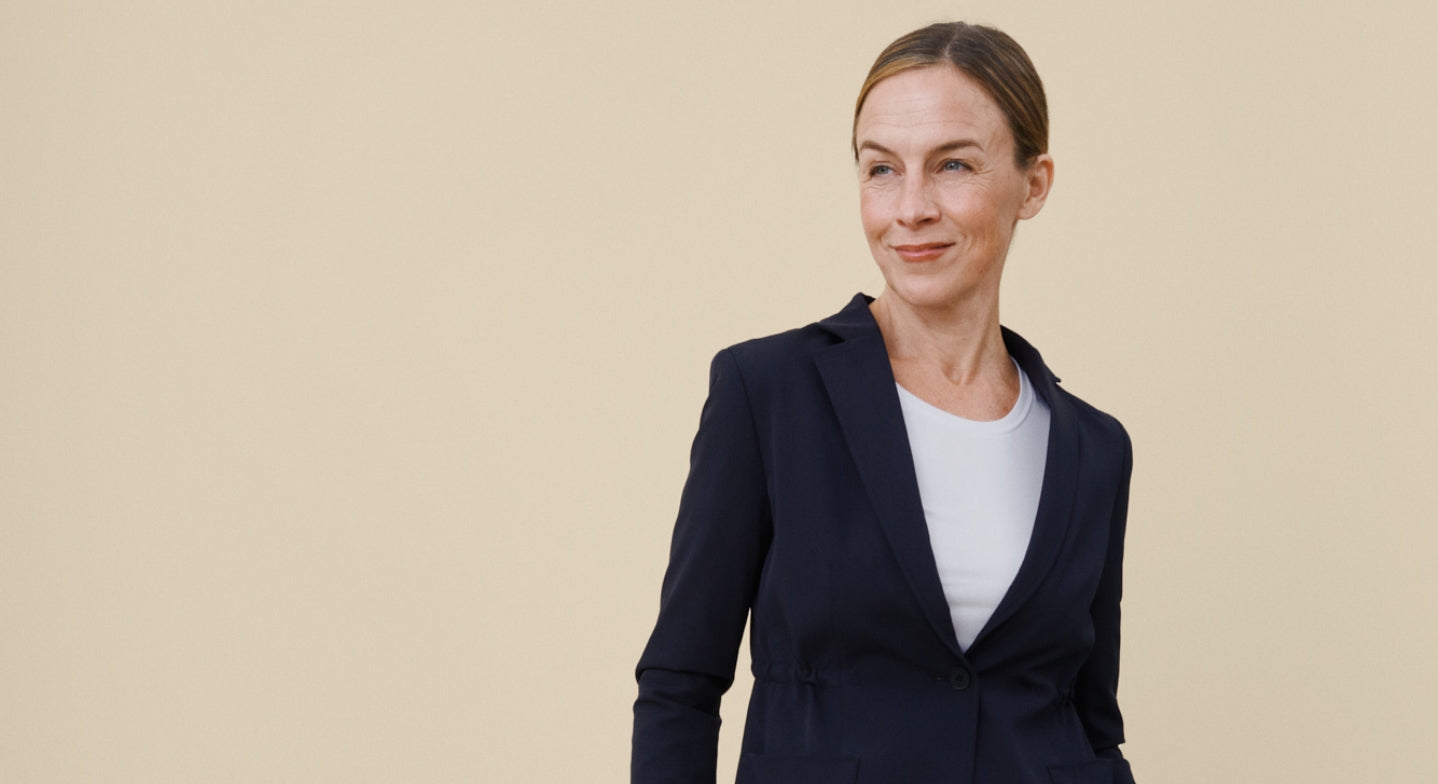


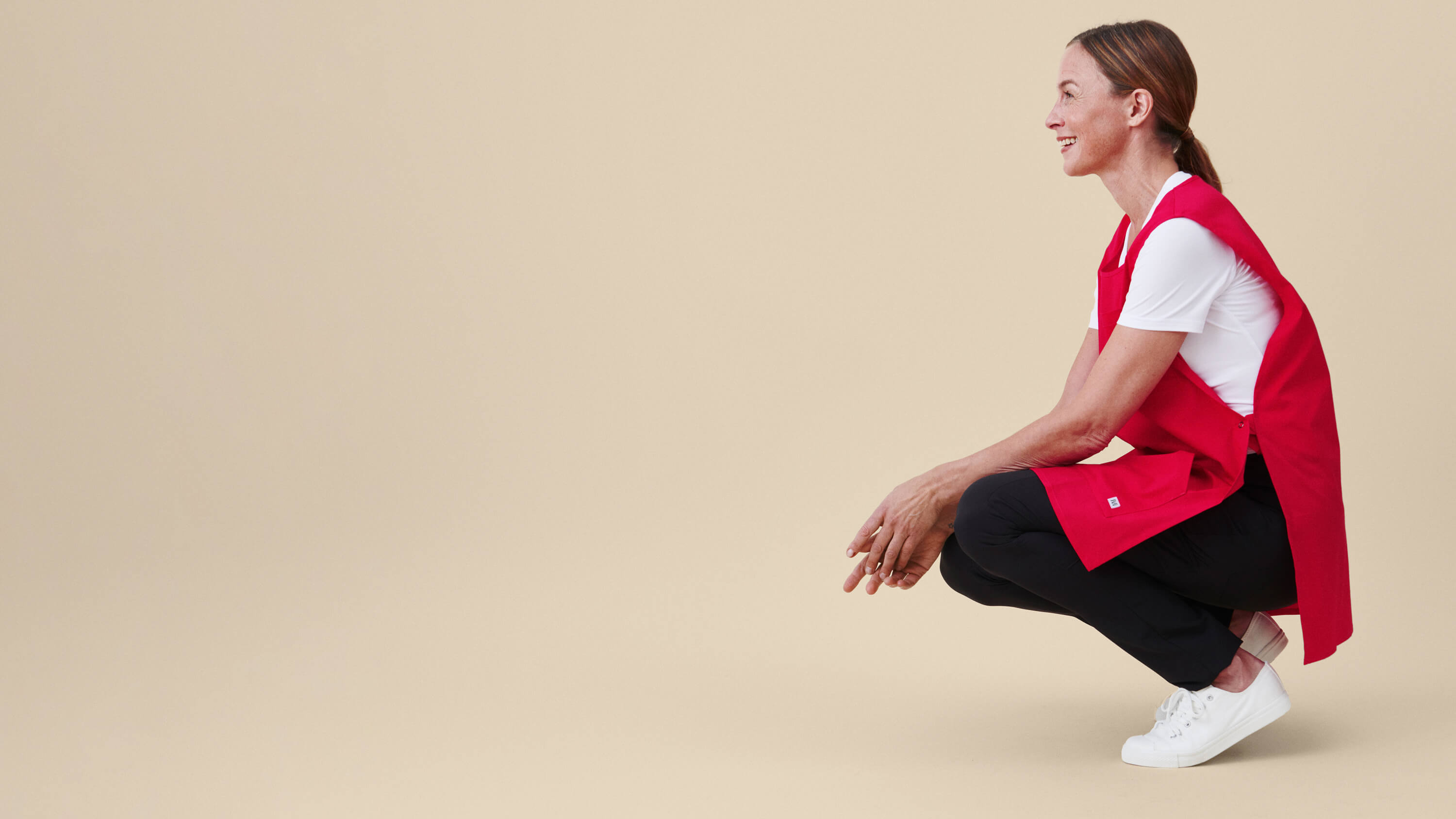
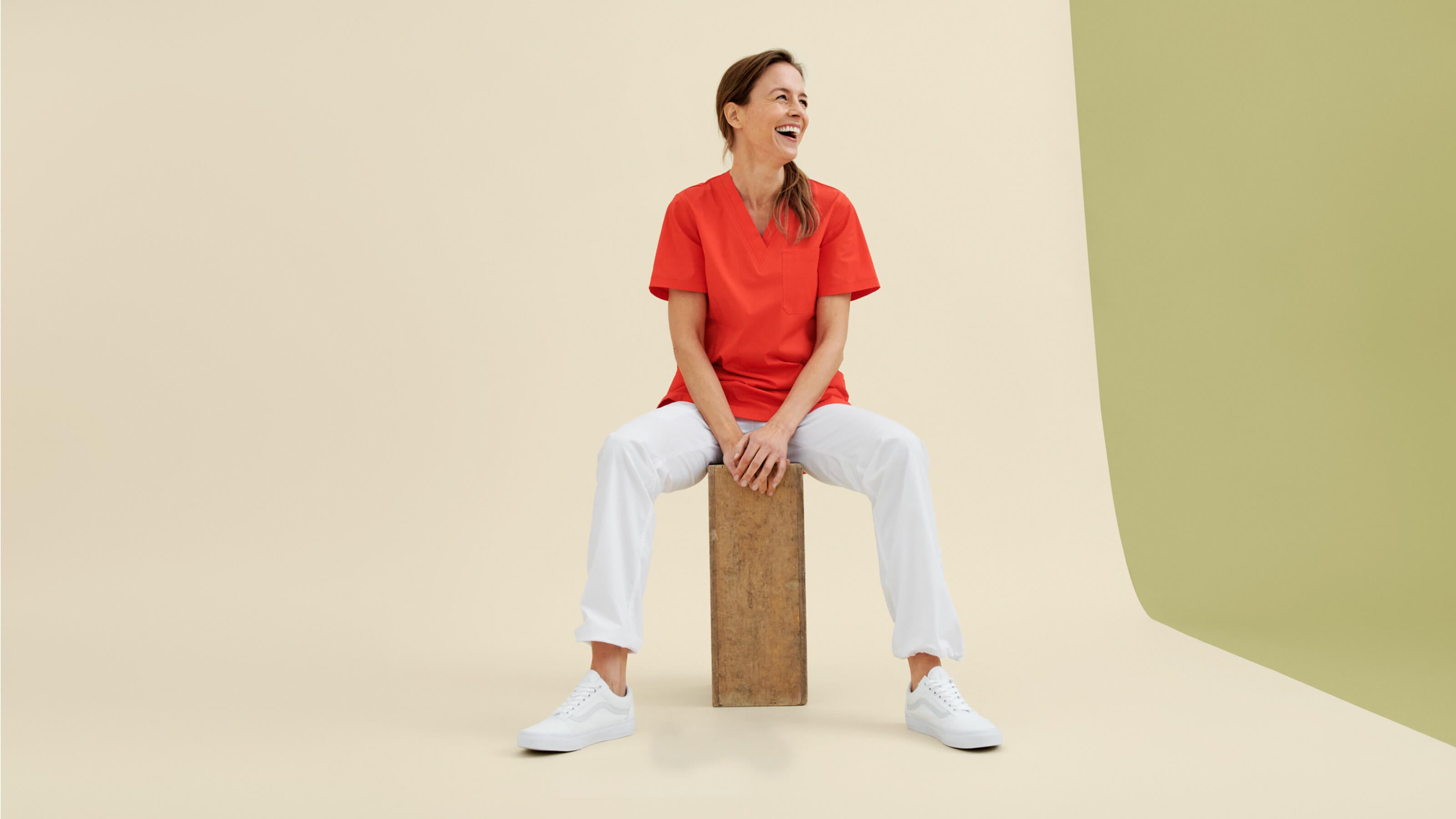

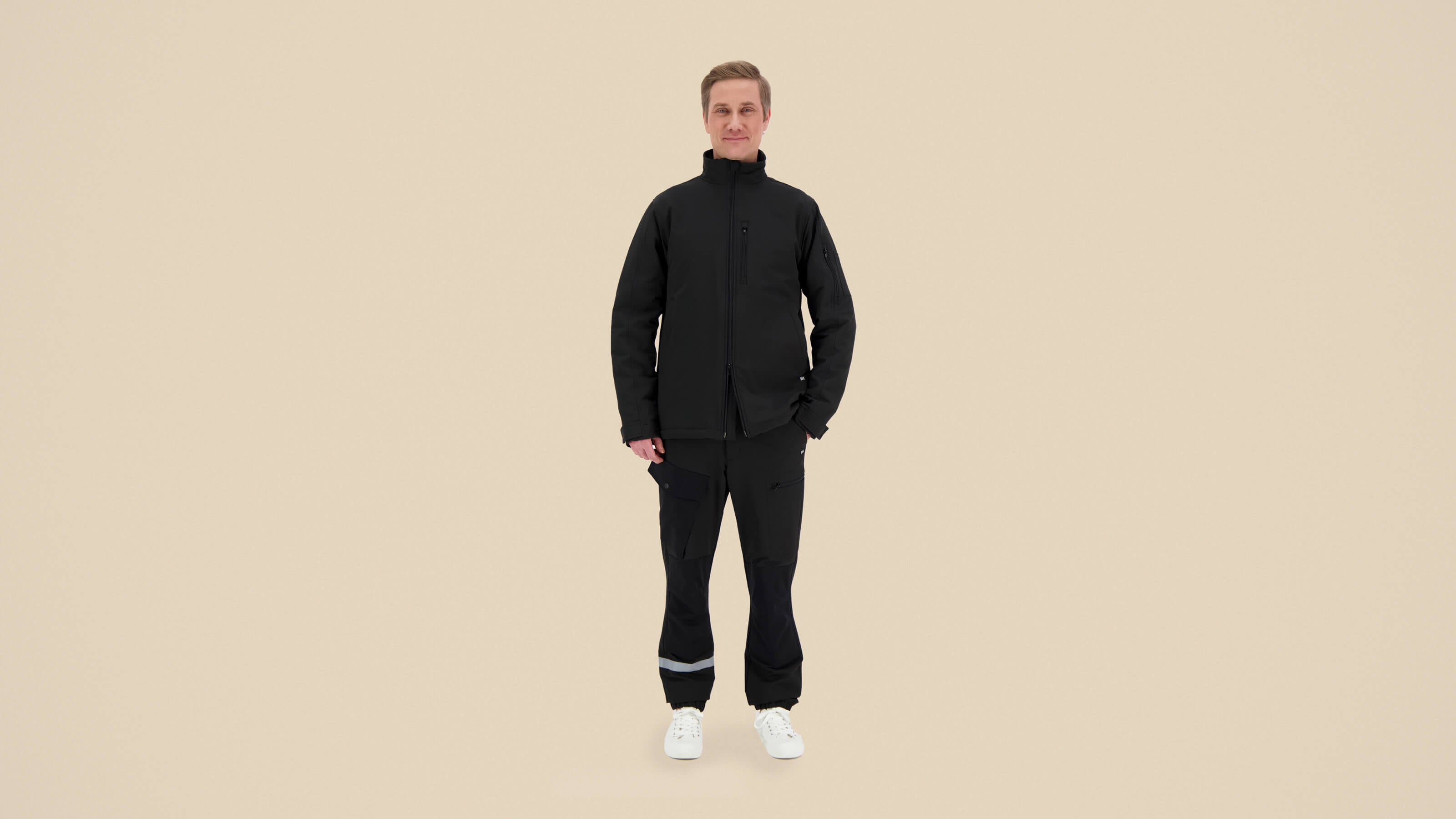
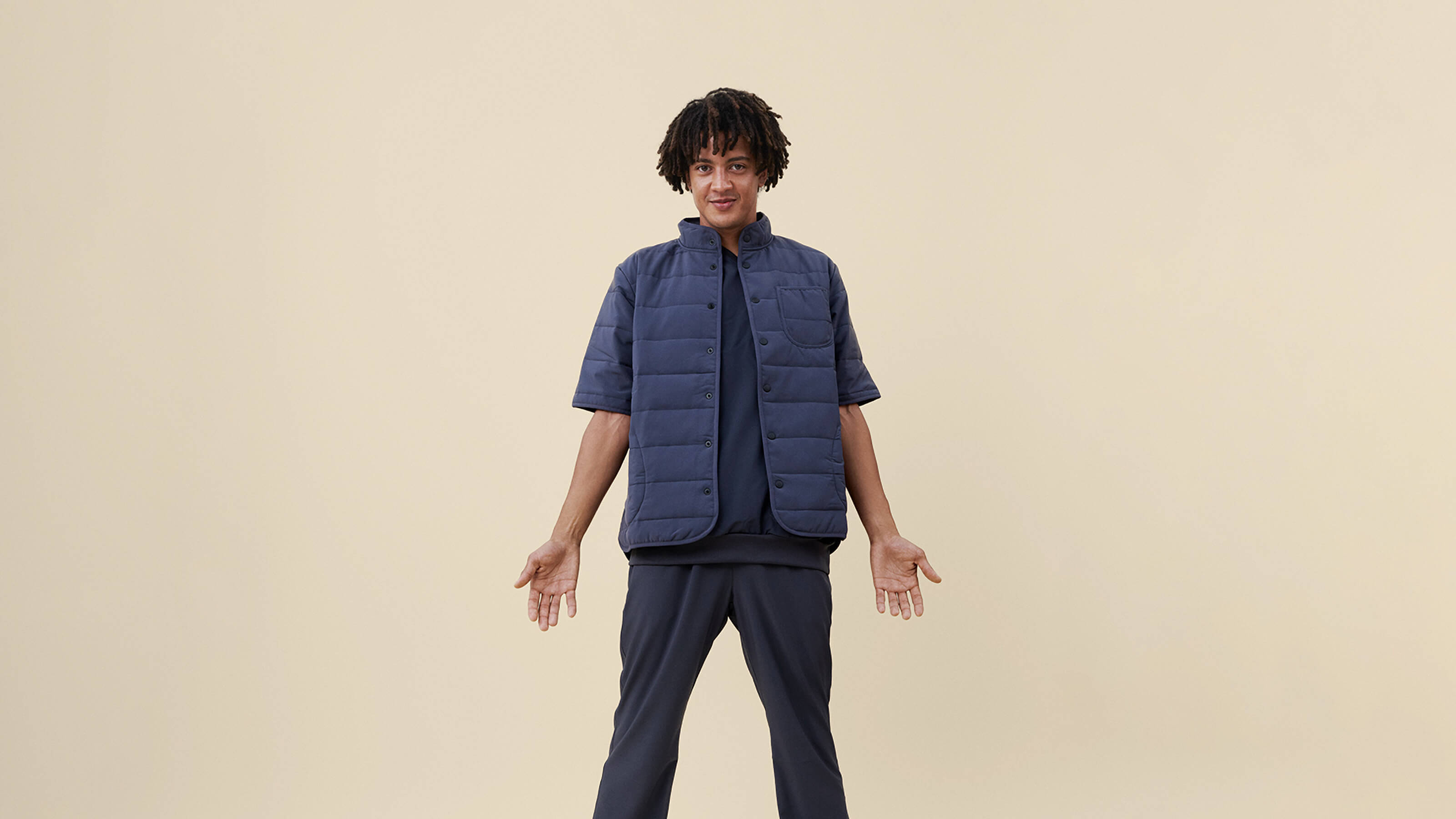
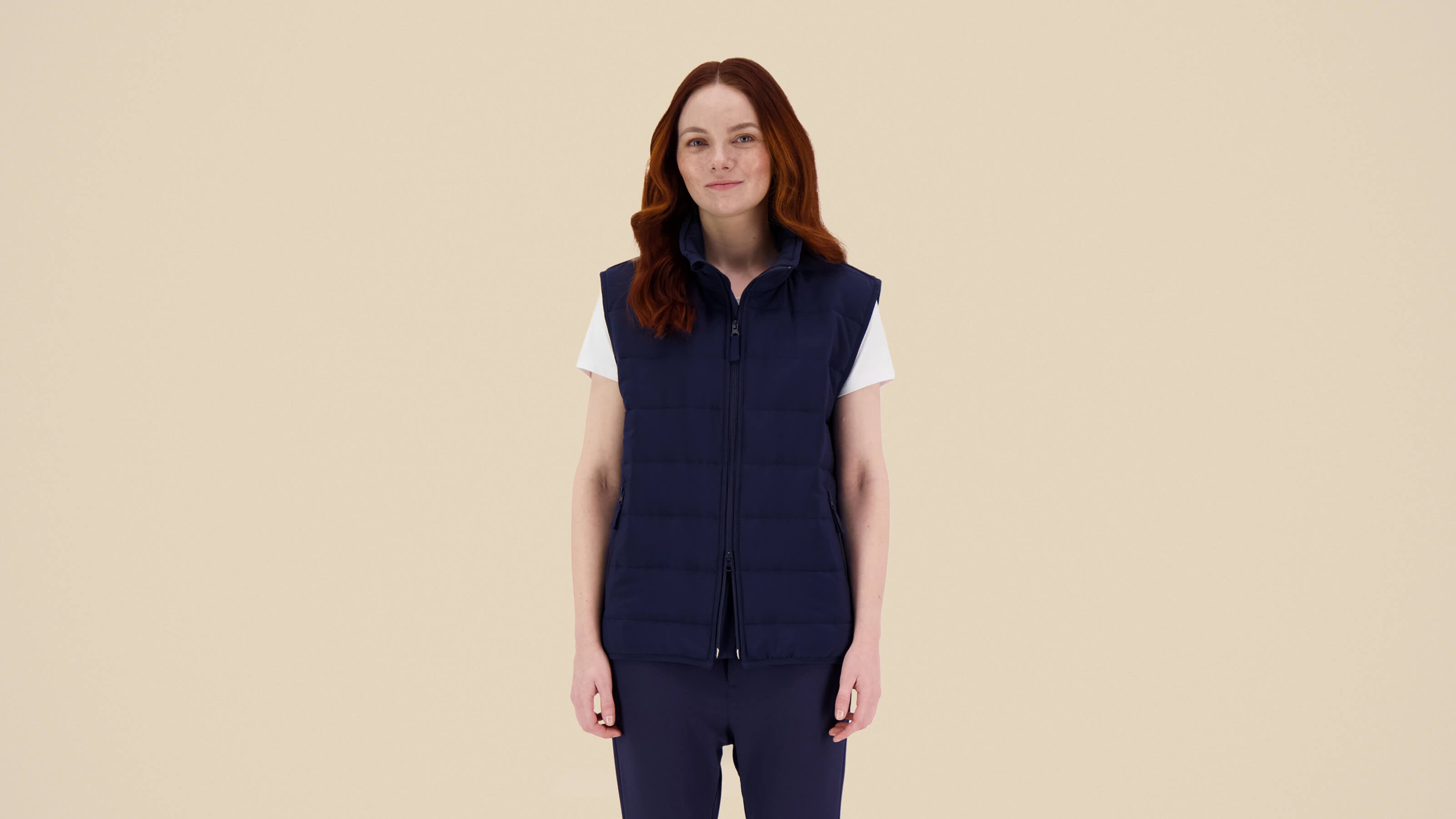

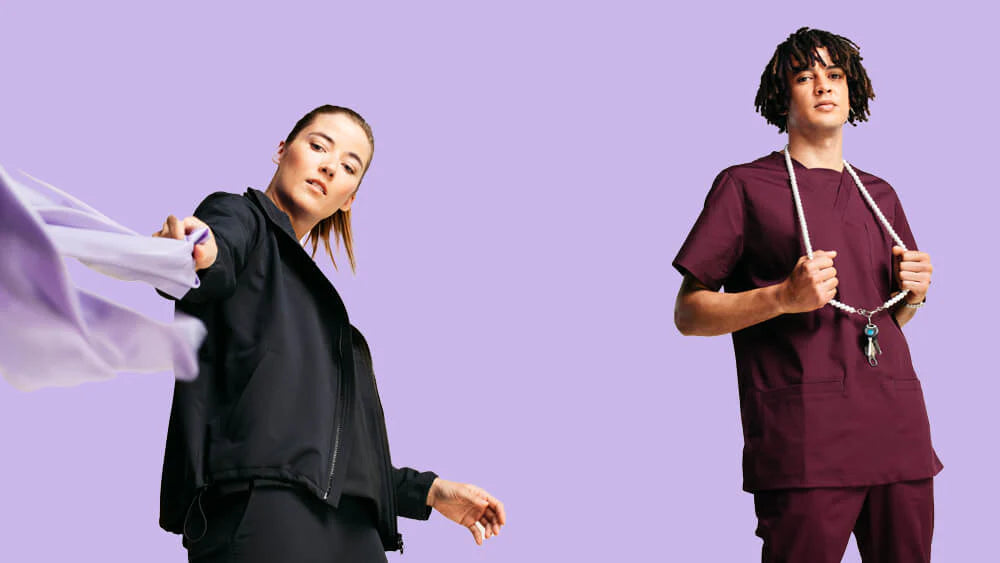
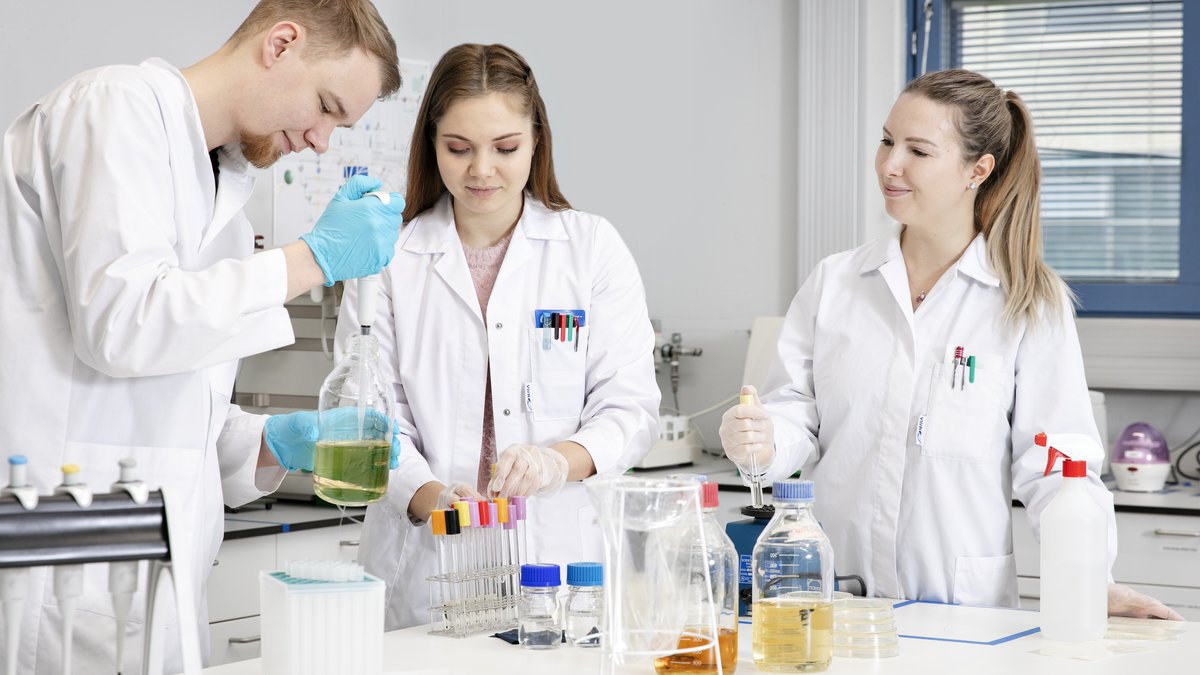
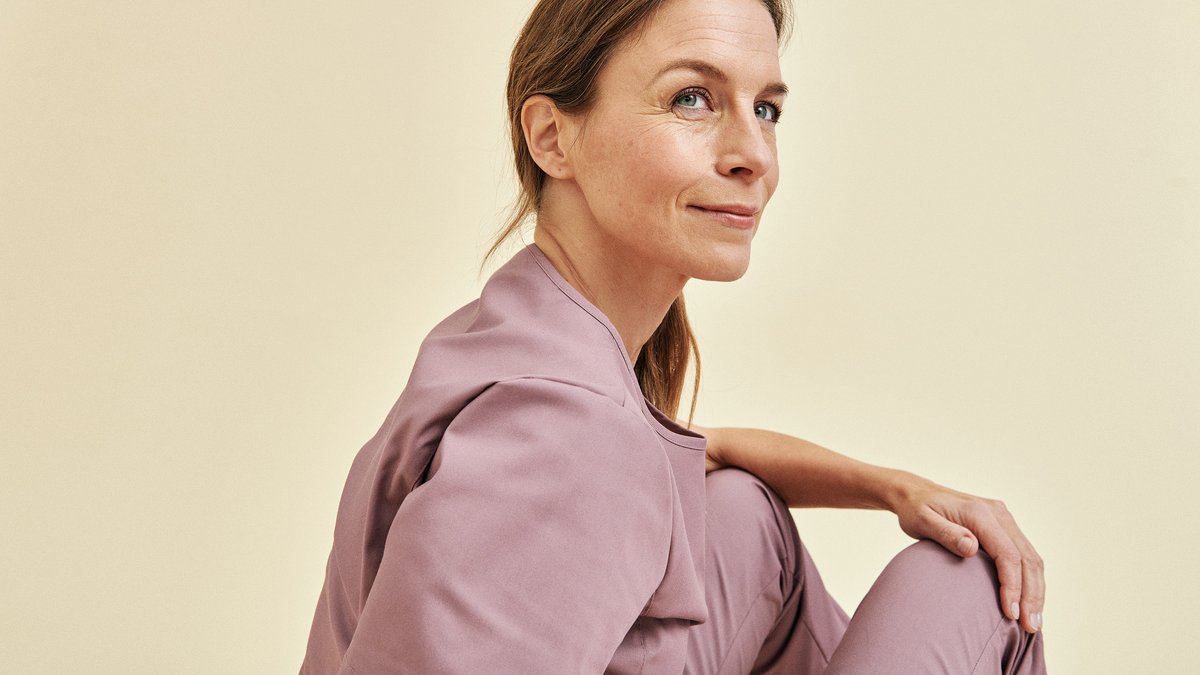
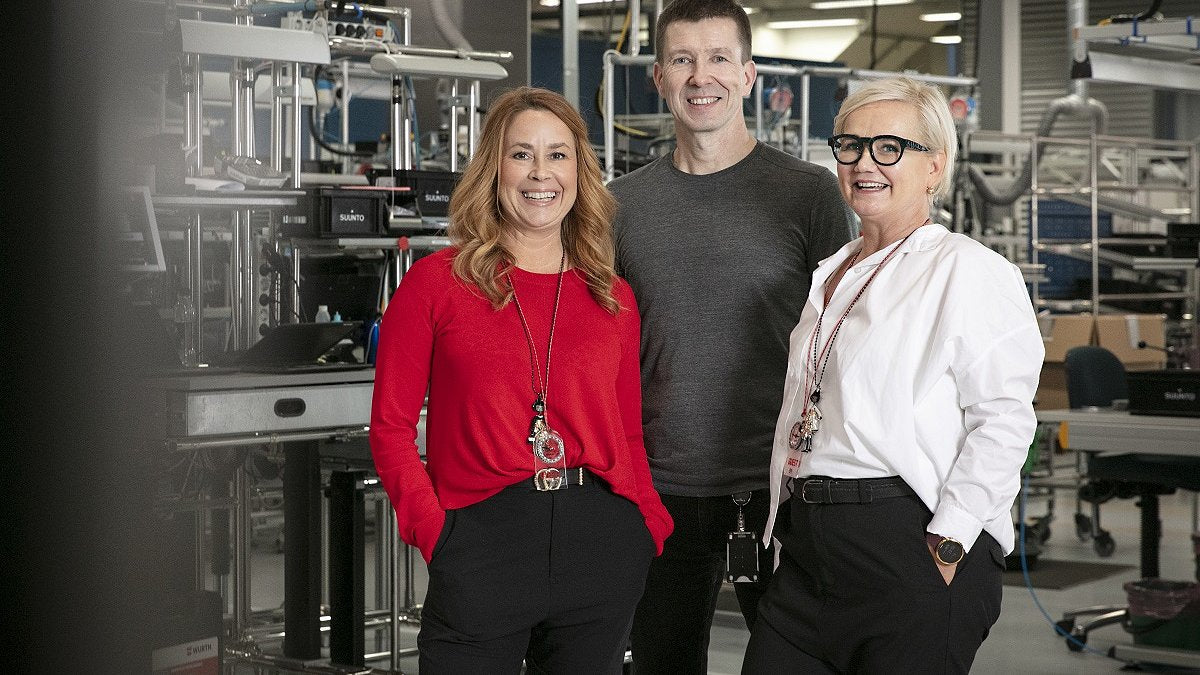
Leave a comment
This site is protected by hCaptcha and the hCaptcha Privacy Policy and Terms of Service apply.